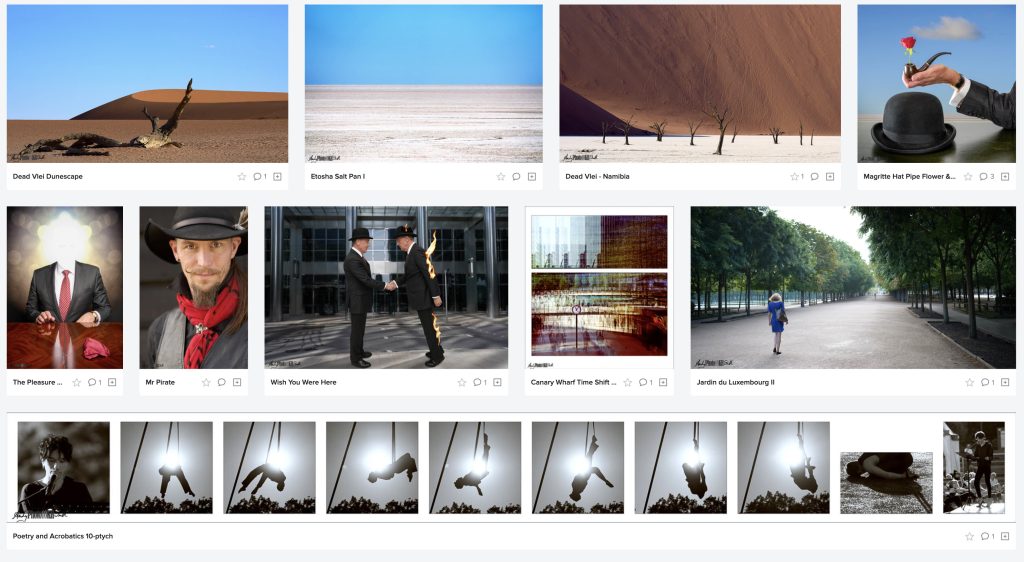
9,000 – touchingly close to the 10,000 hours of deliberate practice theoretically required to master the art of photography – review to date
Please post any comments below
To Read more click on the link
Structure
Similarly to previous review posts, I have structured this as follows:
- Progress Against Goals:
- Goals at Start of Project
- Goals Refined after 5,000 Hours
- Style Development
- Knowledge of Leading Contemporary Photographers and Artists
- Aspirations for Distinctions
- Top Images
- Time Analysis
- Reflections at this Stage of the Project
- Notes
Progress Against Goals
Goals at Start of Project
The purpose of this project was to become the best photographer I could be, and to monitor my progress, through 10,000 hours of deliberate practice
Having a fellowship panel accepted by the Royal Photographic Society would be, by definition, achievement of mastery. This is a sufficient but not necessary condition, as there are clearly masters of photography who are not fellows of the RPS
Goals Refined after 5,000 Hours
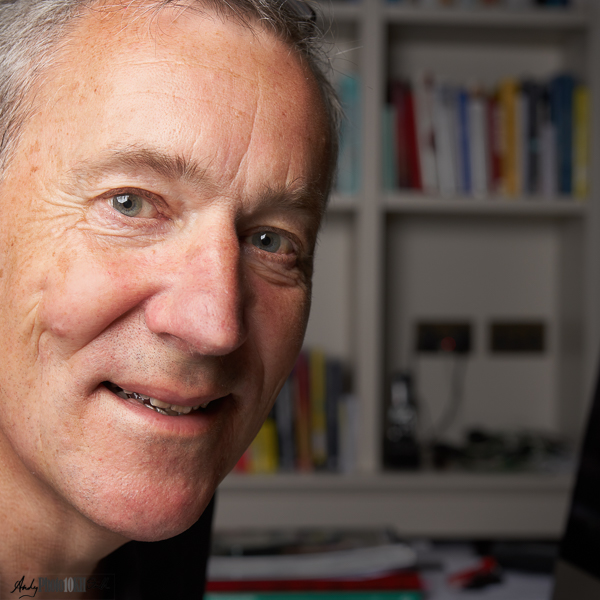
In addition to my aspirations for distinctions, at 5,000 hours, I identified the need to learn more about currently practicing contemporary artists, and identify and get closer to the top photographers currently working in the UK and elsewhere – both covered below
Knowledge of Leading Contemporary Photographers and Artists
The creation of new and innovative work in any field requires an appreciation of what has come before. Otherwise, it’s an unstructured outlier – this is one of the key differences between a Jackson Pollock painting and an accident by a 4 year old
Six of the eight posts I published during the last 1,000 hours have related to reviews of photographers and painters. Particularly:
demonstrate how both my knowledge and taste have changed since the start of this project
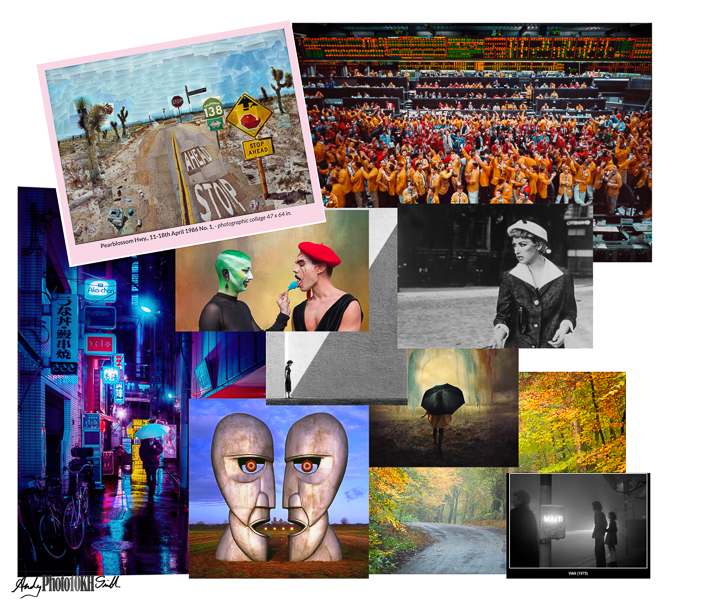
Aspirations for Distinctions
Main focus is on achieving a Fellowship of the RPS, which I would most like to do with a panel of Magritte style self portraits. However, it is difficult to see which group this would fall into; not really Visual Art, or at least not their typical submission, perhaps Applied although this needs a “purpose”. I need some advice [I have subsequently discussed this and been advised, very clearly, that “Contemporary” is the home for this work, but it requires an appropriate Statement of Intent that explains what I’m doing beyond merely copying Magritte’s painting]
Have enough FIAP acceptances for an EFIAP accreditation, just one more print acceptance required
Style Development
I am known most of all, in my camera club competitions, for my Magritte inspired man in bowler hat images, other composites, and abstract landscapes. This reflects my interest in modern and contemporary art
Top Images
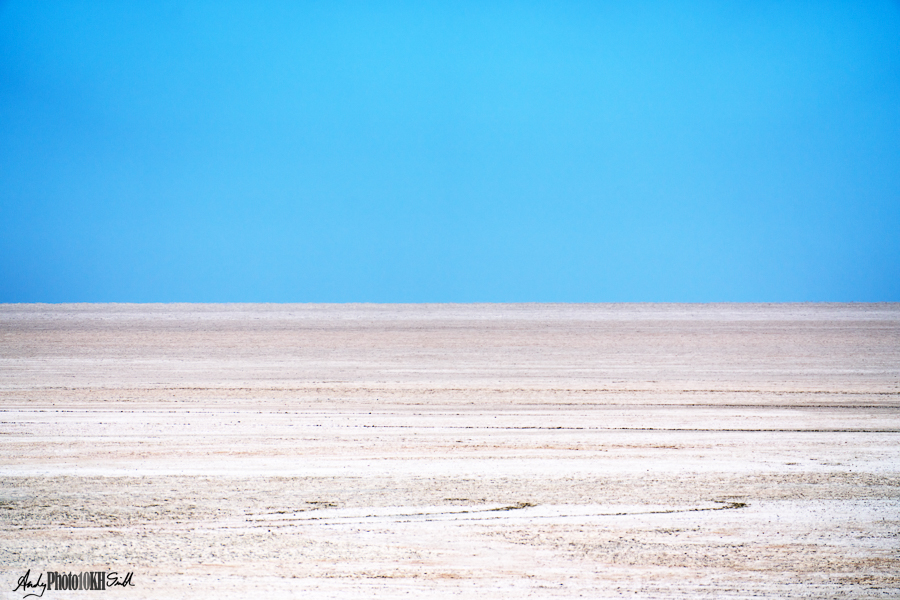
“Etosha Salt Pan I” a nod to Hiroshi Sugimoto’s seascapes, and has a wonderful sense of the infinite
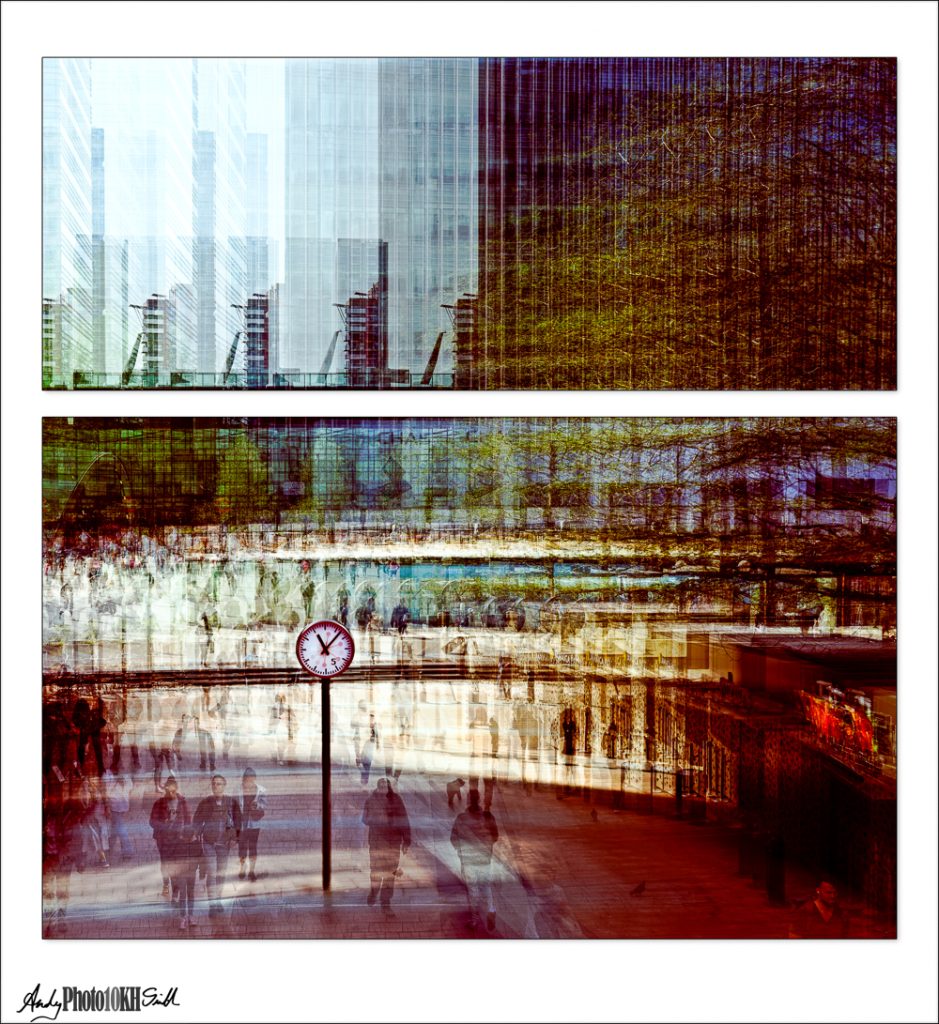
“Canary Wharf Time Shift Diptych” – a combination of my structured multiple exposures and an unusual horizontal diptych division
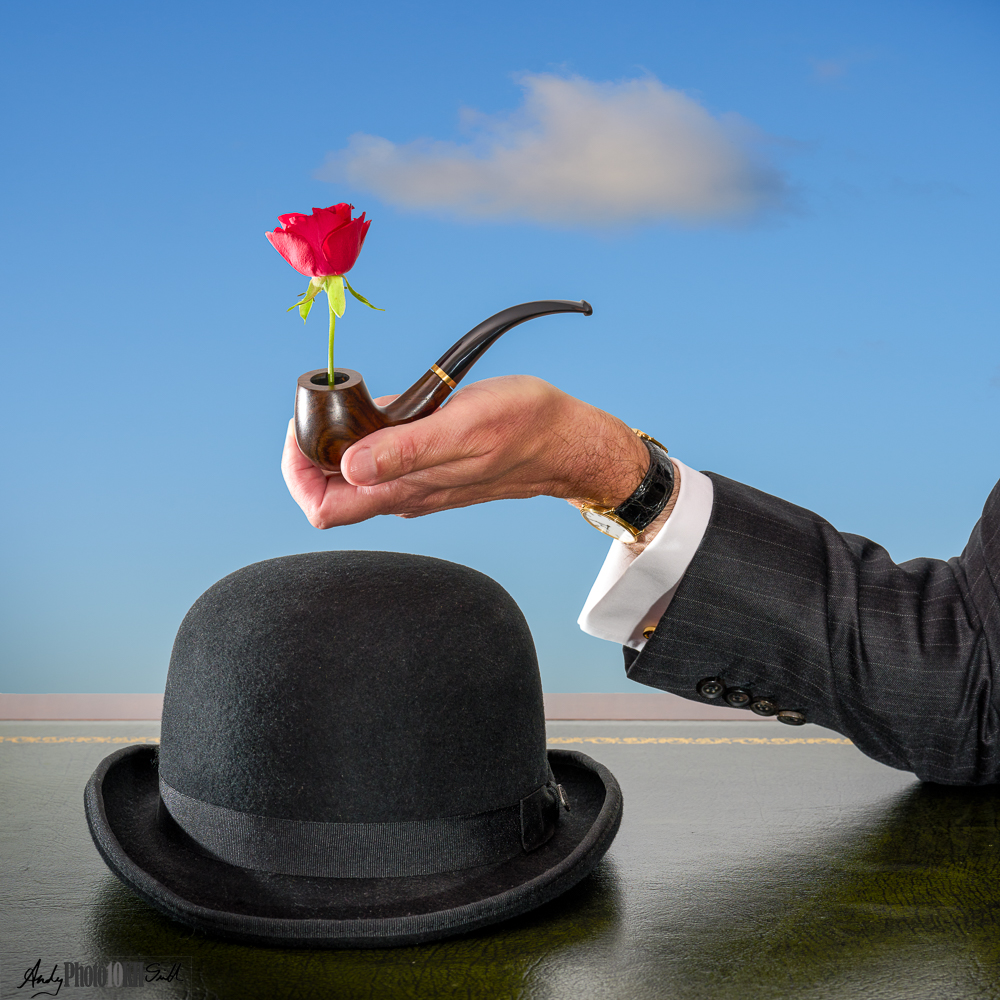
“Magritte Hat, Pipe, Flower & Cloud” – a crowd pleaser that won a gold medal at the East Asia International Photographic Salon – some revisions have been made following feedback from inter-club competitions where it wasn’t always appreciated
“Mr Pirate” effectively a street portrait as he was an attendee at the Chiltern Open Air Museum
Fabulous eyes
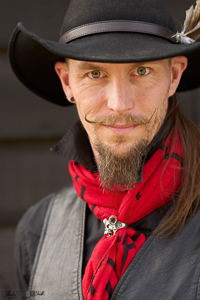
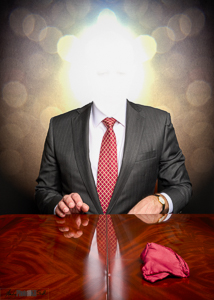
“The Pleasure Principle” final version of my interpretation of Magritte’s painting of the same name
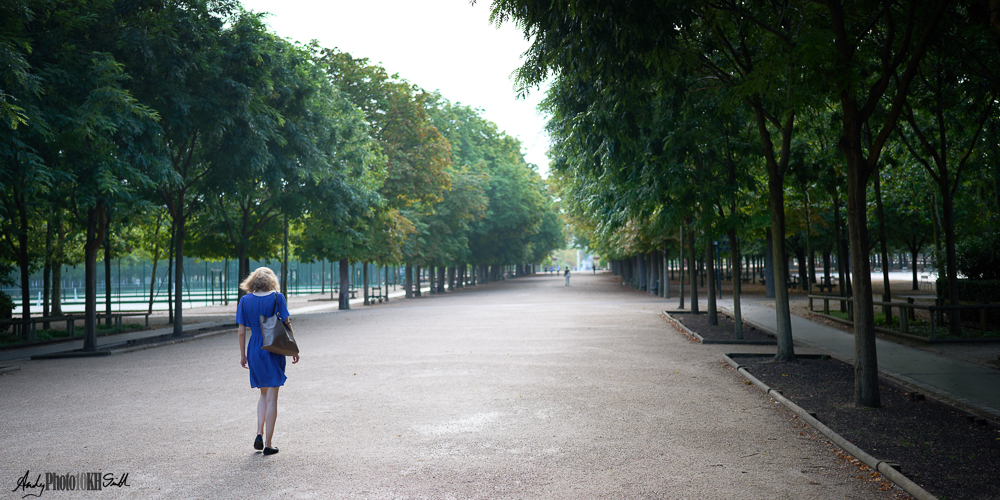
“Jardin du Luxembourg” above and “Poetry and Acrobatics 10-ptych” both shot whilst in Paris for the Olympics

Time Analysis
The following chart shows how I have spent my time
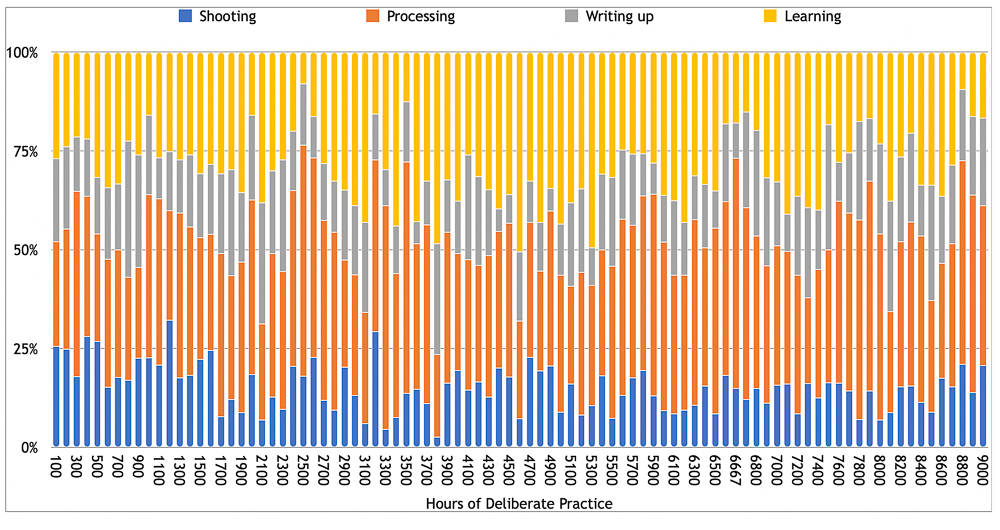
It’s hard to draw many immediate conclusions from the above chart as there is a lot of variability between successive blocks of 100 hours. However,
- over half has been spent actually doing photography, i.e., shooting and processing vs learning and writing up – this percentage is gradually increasing
- the largest section is processing which is influenced by my gravitation toward composite images and other creative techniques. Wildlife photography, by contrast would have required more time in the field shooting vs post processing
Reflections at this Stage of the Project
Most people can take a good photograph, on their phone or whatever, every now and again. The difference an expert has is the ability to do this consistently and reliably. Which requires, …
In theory:
- clear creative vision: sense of purpose and understanding of the aesthetics of a good picture
- ability to control the scene: arrangement of subject(s) or other pictorial elements, background, light and angle of view
- optimisation in post-processing
In practice:
- thorough understanding of camera equipment, lighting and processing software
- the experience to be able to solve problems as and when they arise and ideally to know of a number of potential solutions to choose from
I am:
- definitely better at all the above than I was at hour zero (despite my overly-generous assessment at that time of my photographic competence and Photoshop skills in particular)
- fully aware that there is more to learn and that this will always be the case
Notes:
Recent posts:
- Road to an RPS Associateship in Landscape Photography
- Most Influential Photographers and Other Artists
- Horror Effect – Adding Blood from the Eye in Photoshop
- Tate Modern Review: Capturing the Moment
- Tate Modern Review: Yoko Ono
- Revised: Top 10 Painters
- “Female British Artist”
- Five Hours at the Pompidou Centre
Related posts:
- At Zero Hours
- After 100 Hours
- After 250 Hours
- After 500 Hours
- After 1,000 Hours
- The First 2,500 Hours – Review at 25%
- Time Analysis at 3,000 Hours
- The First 4,000 Hours – Review at 40%
- Half Way – After 5,000 Hours
- Two Thirds of an Expert Photographer
- After 8,000 Hours – 80% Review
- Goal Achieved – Final Review